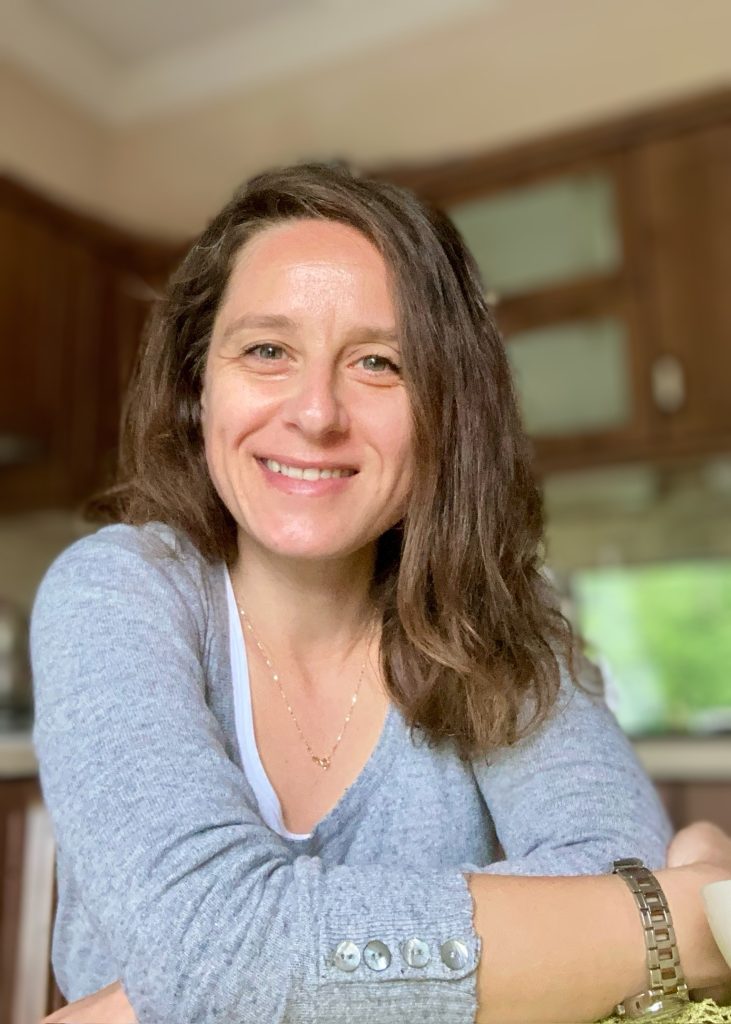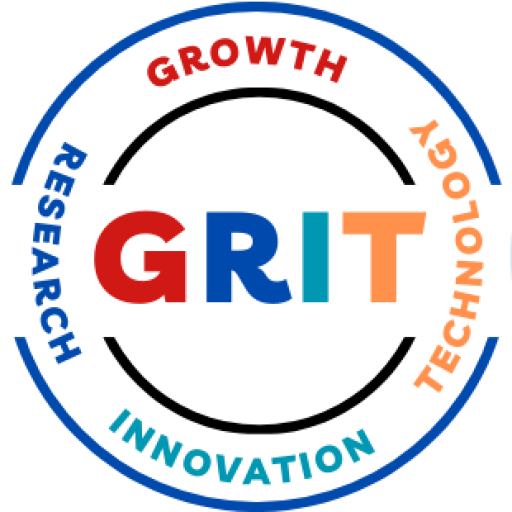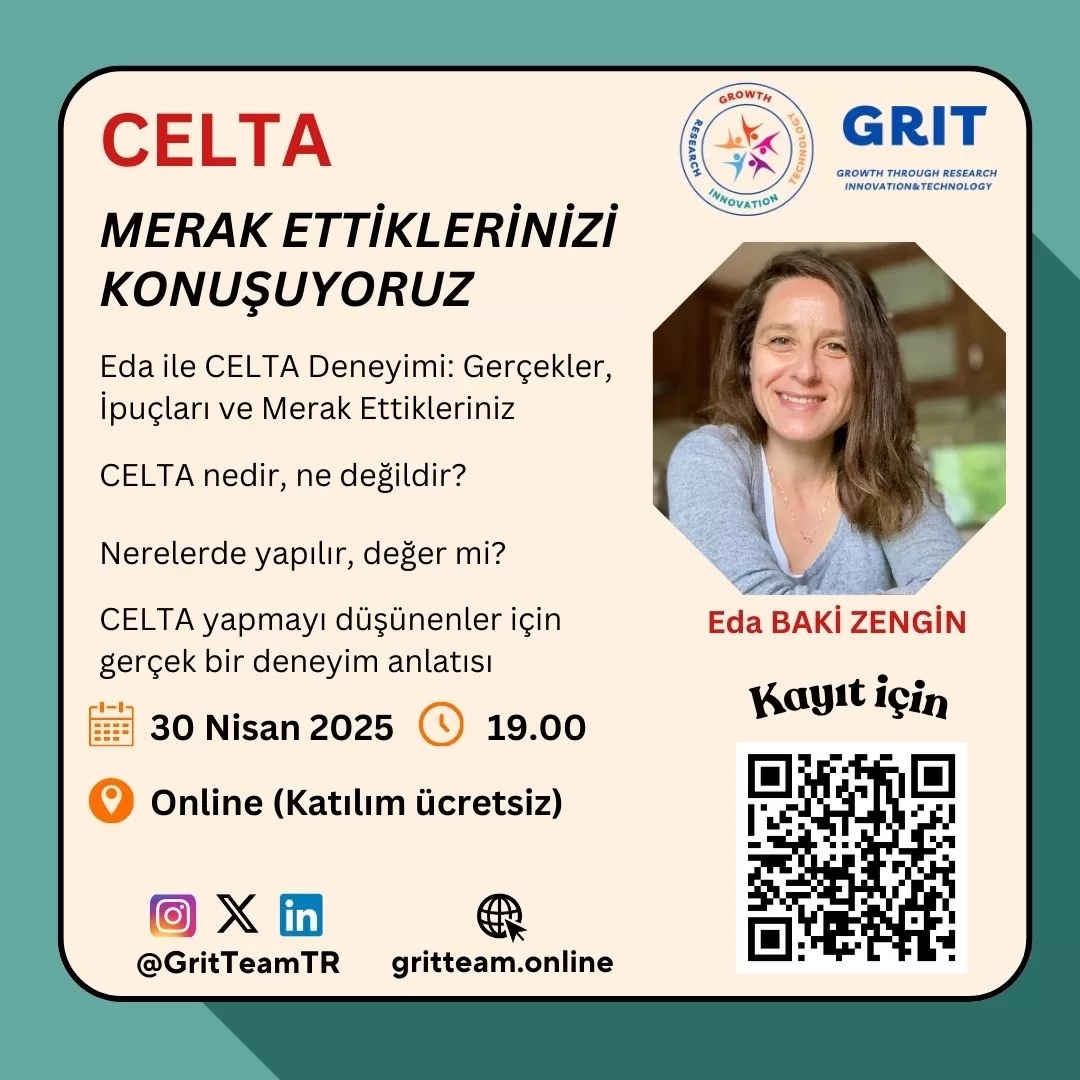Recently on a popular TV show in Turkey, I came across contestants switching places with their teammates upon an ear-scratching sound of a blow horn. They had to pick up where the previous mate left off to complete the task (OK, “the meal” for those who guessed the context already). What a challenge, I thought…followed by an epiphany of how it resonated with my own work life – especially this year’s special: revisiting curriculum goals.
As you know, the interrelatedness of each component (Graves, 2000) is almost like a rule of thumb for a course design. The content you are teaching, your objectives, how you will accomplish those, your materials, their assessment and evaluation in the end are like ingredients (yes, I am keeping the cooking analogy here) which must be harmoniously added together, at different times in correct amounts. When I took over the curriculum unit, I looked over our recipe with my teammates and found some flavors lacking crucial details on how-when-why to add them. Since September, we have been working on making sense of the designed course and I thought we needed to be more inclusive and cooperative with our resources, if we wanted to serve our students better. As the curriculum unit, rather than being a group of teachers who, on behalf of every stakeholder, are deciding on the due course, distributing weekly schedules and deciding on potential course books to use, we opened up our kitchen for each and every teacher in our school. In a way, we have rolled up our sleeves again to remind our colleagues that they have a bigger role; that they are the actual chefs.
Our Mise en Place
Here is what we have done so far to include our teachers in the process:
*stated the problem in a department meeting (early September)
*explained the plan through a comprehensive email (late September)
*had checkpoint meeting 1 (October)
We sent an agenda previous to the meeting, asking teachers to think about the goals, the plan, and its implementation. On the actual day, rather than a boring staff meeting, we prepared a Kahoot tournament which helped all participants accept the power of games in teaching. This only? No. A group work helped them to share their concerns, knowledge and experience.
*had checkpoint meeting 2 (November)
One of our goals was on student autonomy – which is not easy to successfully realize in a standard way in all the classes. Again studying on an agenda previously sent, teachers this time came together to work on helping an imaginary student gain autonomy.
*next checkpoint meeting (December)
This will be on whether what we have been doing so far is actually working for our students or not. Is it nutritious enough?
Challenges? Well it is not easy to spark an enthusiasm in every teacher to join this “imece” (a Turkish cultural term for working together in a task which involves labor) because some would prefer to keep their own techniques for themselves.
However, for participating teachers, by keeping the checkpoint meetings fun with collaborative tasks and games, we have been able to remind them of their places in the decision-making process of the programme. This is the end taste we would like to have – transforming them from passive recipients to active contributors.
The comments we receive have helped us, and will continue to, shape future checkpoints – cannot think of any other better way for feedback.
Of all the comments, there is one which may close this blog for the time being – while it simmers:
“It was a very fruitful meeting.”
A Final Note: I know I have not shared much about our recipe. Which chef on earth does? Maybe I should so that when the horn blows again the new mate could take the classic recipe further: a culinary innovation.
Graves, K. (2000). Designing Language Courses: A Guide for Teachers. Heinle & Heinle Thomson Learning.
*As of September 2024, Eda has been the head of the curriculum unit in BEUN School of Languages.
About the Author




